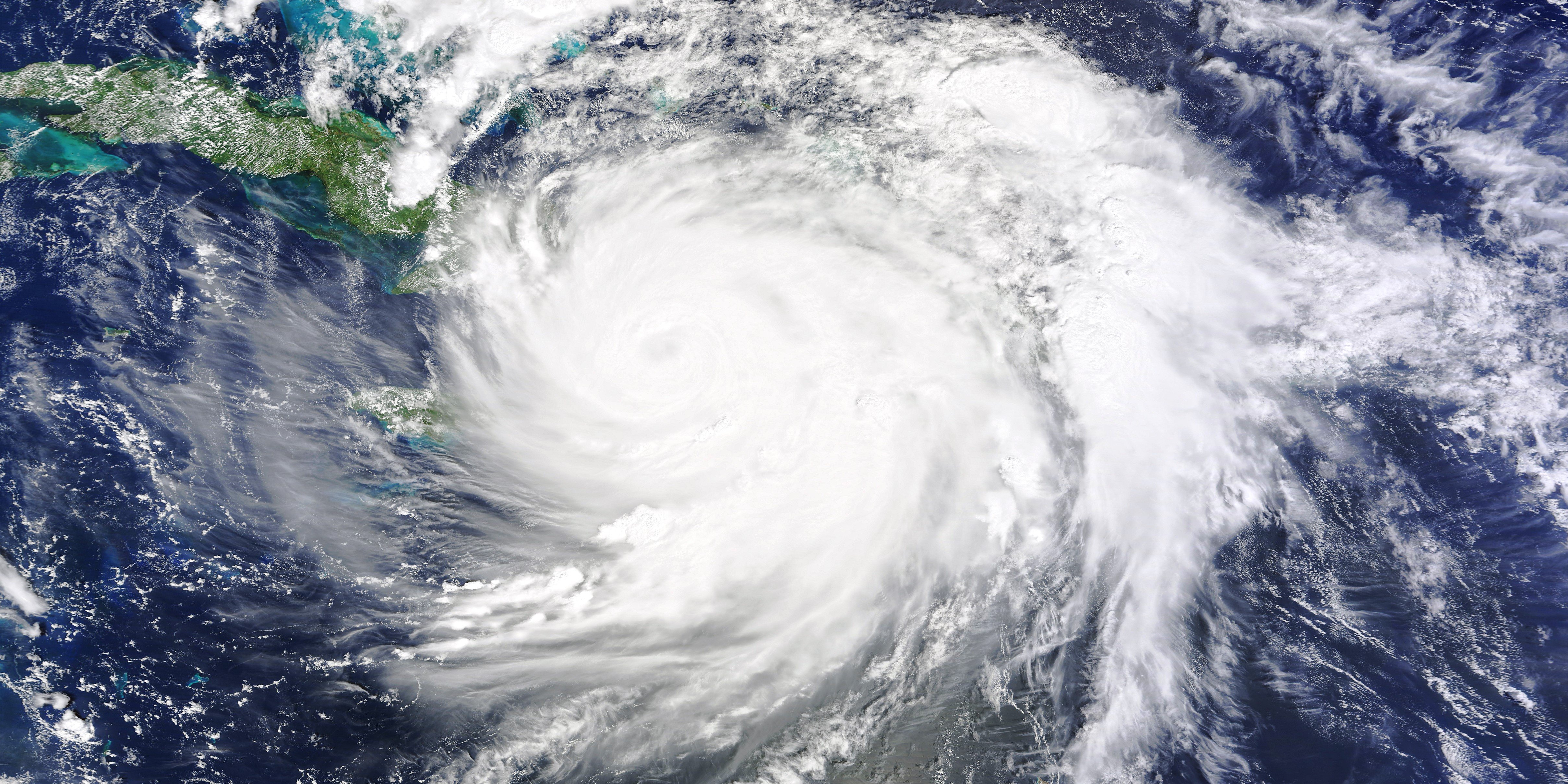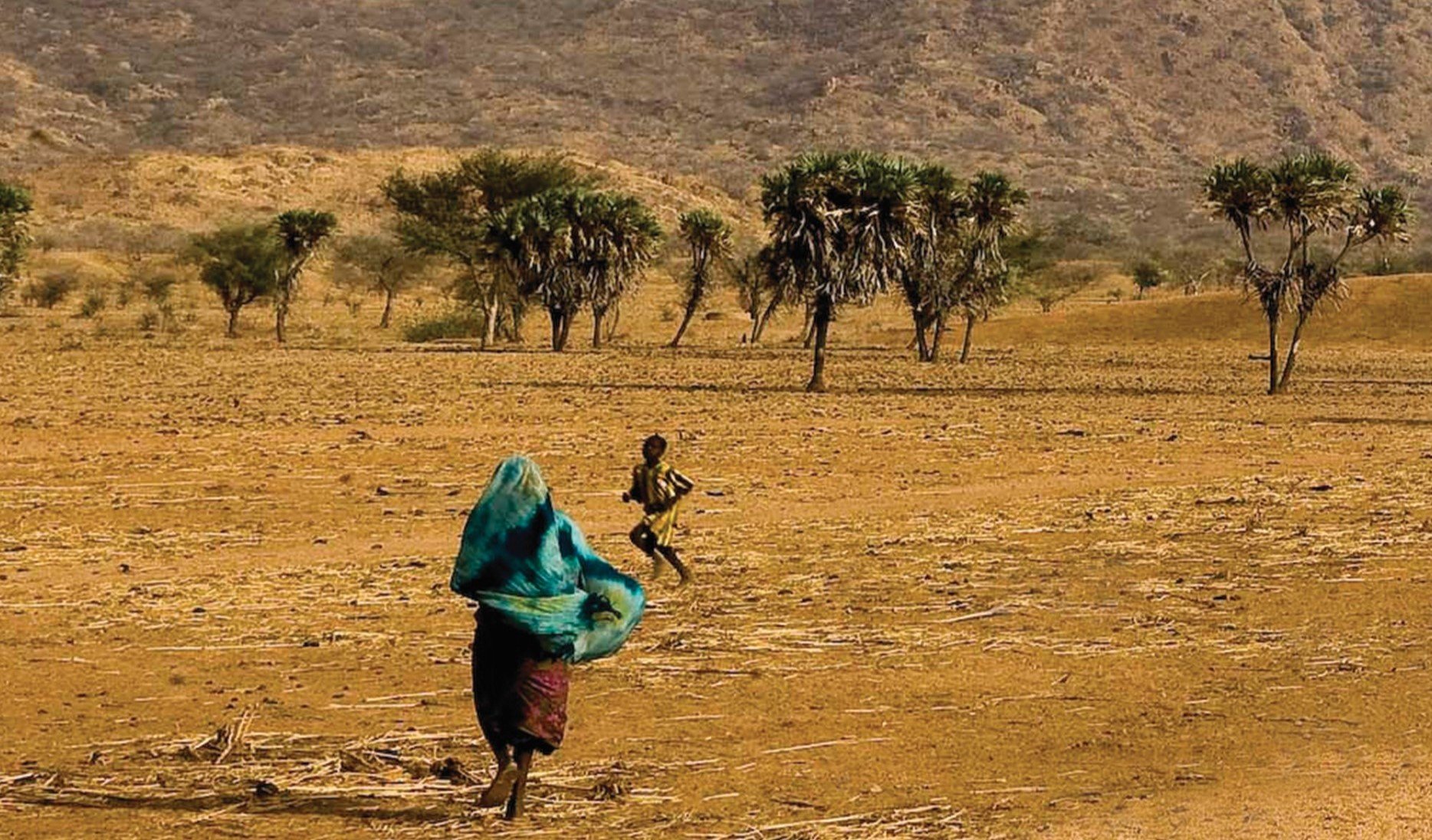In our June edition, we explored the vicious cycle between fossil fuel production and indebtedness; the design of the new loss and damage fund; and how a green transition can create much-needed jobs.
We need to talk about debt - and fossil fuels
Debt burdens in many low- and middle-income countries have reached crisis levels. Sri Lanka declared bankruptcy last year. Zambia has only just declared a deal with its creditors after first missing interest payments eight months ago. Dozens more countries are sacrificing spending on health, education or climate action in order to service their debts.
Indebted fossil fuel producers face a particularly stark choice, as new research from ODI reveals. Many depend on fossil fuel revenues to repay their debts or finance public services. With increasing interest rates and currency volatility, their debt burden is rising. Such countries are thus incentivised to expand oil and gas production to generate revenue to service their debt, even as they suffer the growing impacts of climate change. This vicious cycle is jeopardising global climate targets without delivering on national development goals.
ODI’s research analysed 21 low- and middle-income countries with large oil and gas reserves. Over the past decade, debt levels rose in most of these countries. Angola, Gabon, Mozambique, Venezuela and the Democratic Republic of Congo (DRC) all saw debt as a percentage of GDP soar by over 50 percentage points. Equally damning is the fact that the proportion of debt provided on concessional – that is to say, more affordable – terms has declined, partially because countries have borrowed more from private creditors. For example, Chad and Bolivia have seen a 75-fold increase in debt to private lenders.
The global energy transition is at risk unless fossil fuel producers can escape the debt trap. But solutions exist, as the recent Summit for a New Global Financing Pact began to explore. Wealthy nations - including China - have started to offer debt relief, sometimes in exchange for higher climate ambition. Central banks, bilateral development agencies, multilateral development banks and other actors are beginning to provide more favourable terms for ‘green’ lending and investment than ‘grey’. Developed countries are working together to provide large-scale finance for just energy transitions, including for oil and gas producers such as Senegal.
These are all welcome steps, but much bolder action is required from both development and private financiers to tackle the interlinked debt and climate crises. All eyes are now on upcoming convenings, from the Africa Climate Action Summit in Nairobi in September, to the annual meetings of the World Bank and IMF in Marrakesh in October, and December's COP28 in Dubai, where efforts to operationalise a “new global financing pact” must finally take shape.
What should the new loss and damage fund look like?
The commitment to establish a new loss and damage fund at COP27 in Sharm El Sheikh was hailed a triumph because it recognised that billions of people are already experiencing the impacts of climate change.
In June alone, over 1000 villages across India and Pakistan were left without power after Cyclone Biparjoy made landfall; wildfires tore through six million hectares of Canadian forest – with the resulting smoke impacting air quality as far as away as Norway; and the Horn of Africa continued to battle against a devastating drought. Although numerous factors have contributed to these crises, climate change increases both the severity and frequency of these events.
The Transitional Committee (TC), a group of 24 country representatives, has been tasked with designing the new loss and damage fund. They must answer critical questions such as: who will provide the new resources? How will the money be disbursed and to whom? Who will manage the new fund?
There is a clear expectation from developing countries that at least some of the resources in the new loss and damage fund will be provided through new and additional fiscal transfers from developed countries. However, a range of other innovative financing options are also being considered, including a reallocation of Special Drawing Rights (supplementary reserves of the IMF), a levy on shipping fuels, or a tax on frequent flyers.
There is also a lively debate around which countries should receive loss and damage funding. The decision at COP27 promised finance for ‘developing countries that are particularly vulnerable to the adverse effects of climate change’. But how should ‘particular vulnerability’ be interpreted? Within the UNFCCC itself, the term is used in many different ways. For example, some COP decisions suggest that all developing countries are particularly vulnerable, while others highlight the particular vulnerability of the Small Island Developing States (SIDS) and Least Developed Countries.
The SIDS were the first advocates for loss and damage finance and have been vocal about the shortfall in resilience funding they already receive. ODI has quantified that funding gap, showing that the SIDS receive 11 times less resilience finance than other comparable countries. The loss and damage fund offers a chance to redress this imbalance depending on how ‘particular vulnerability’ is understood. The UN’s upcoming “Multidimensional Vulnerability Index” (MVI) is a promising tool to ensure that money reaches those who need it most – if it doesn’t devolve into another box-ticking exercise. It is yet to be seen whether the Transitional Committee will recommend the use of such frameworks when determining which countries can access the new fund.
How a rural green transition can meet the demand for jobs
Transforming the global economy into a climate-resilient, sustainable model is no easy task. The difficulties that accompany tackling the climate crisis are not to be undermined, but there are clear, valuable opportunities that too often fly under the radar in mainstream debate. Take, for example, the employment opportunities of a rural green transition.
For the five countries of the G5 Sahel – Burkina Faso, Chad, Mauritania, Mali, and Niger – there are real concerns over biodiversity loss and the degradation of soils, wetlands, and woodlands as more and more land is converted to crops. Creating a more resilient agricultural sector with a smaller carbon footprint has the potential to unlock millions of jobs in the region. Such a green rural transition would have particular benefits for young people. Over the next five years, 11.4 million young people in the G5 will turn 16 – and most will be looking to join the workforce. An expansion of secure, well-paying jobs will reduce the likelihood that these young people will turn to migration, crime or insurgency, which are common outcomes in regions with poor employment opportunities.
So where will these jobs be found? ODI's emerging analysis, in partnership with FAO (forthcoming), finds there are six areas that would create substantial new job opportunities in a rural green transition. They are solar energy, irrigation, climate-smart agriculture, land restoration, fisheries innovation, and recycling.
Unlocking these opportunities will also have a multiplier effect in the region. For example, pumps and solar panels will create sufficient demand for people to train as technicians, who can then turn their skills to other purposes. Increasing farm productivity will create more jobs in trading, processing, and transport of agricultural outputs. The extra income spent locally will see demand increase for services, such as catering or construction.
Decision-makers from Ouagadougou to Washington DC are beginning to recognise that tackling climate change implies an economy-wide transformation. With enough foresight and political will, the profound transitions necessary to respond to this global challenge can also address multiple priorities at home – including the need to create decent jobs.


